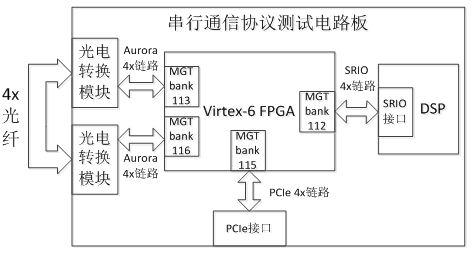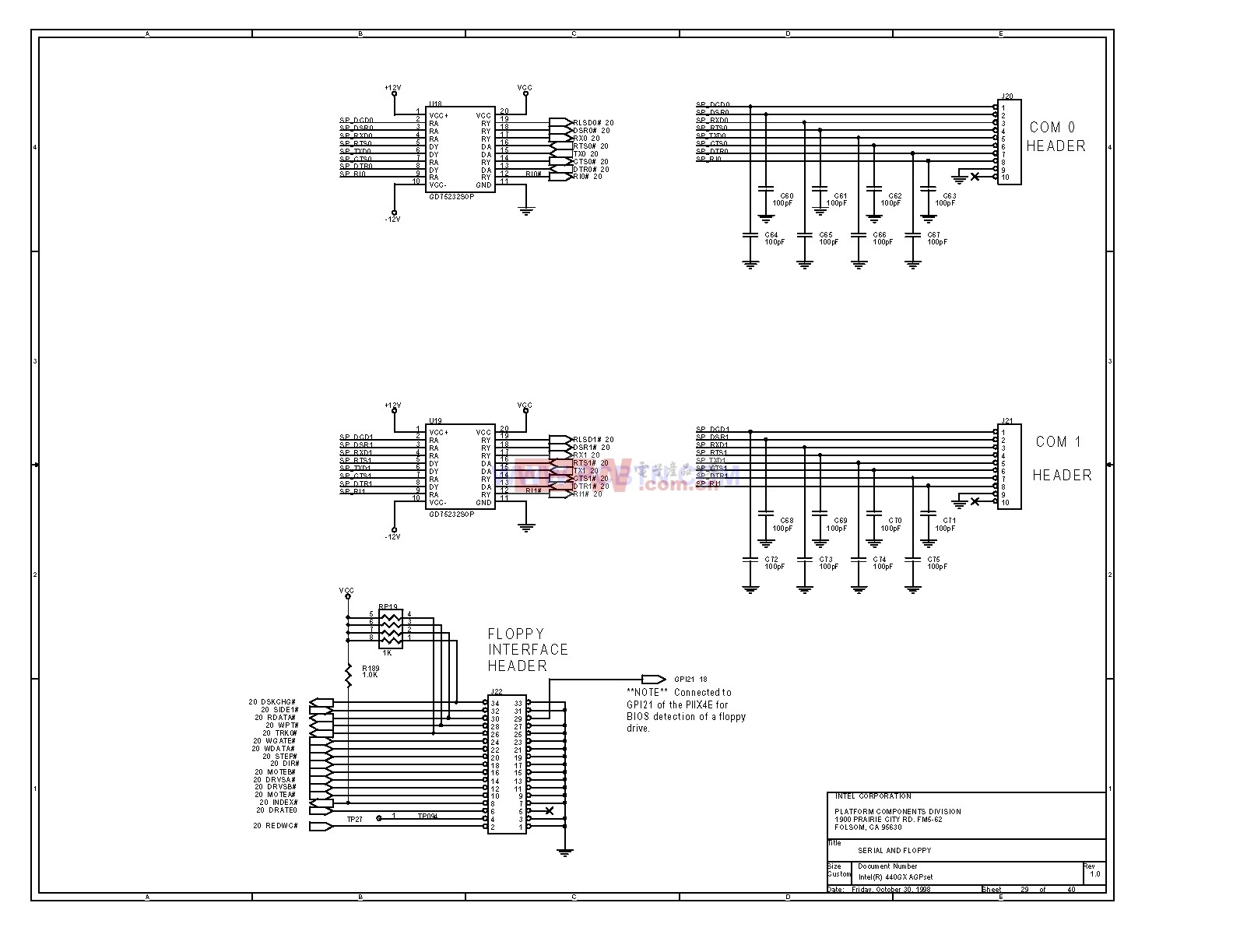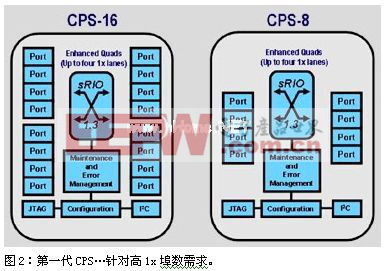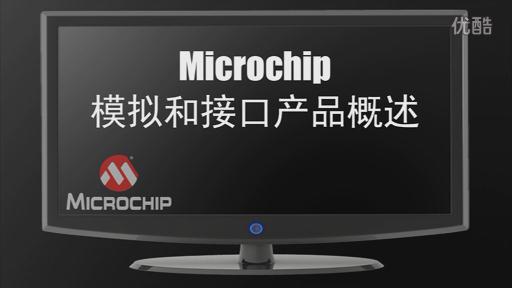Serial interface
If you send bits one at a time, you are using serial communication. If you send one extra bit for each 8 bits to make sure your data got there intact, it is called a parity bit. Bit parity can be odd or even. It is even, if you assign 0 to the parity bit when the sum of the 8 bits is a even number. In this case, you assign 1 to the parity bit when the sum is an odd number. The parity is odd, if the logics is reversed. After the byte has arrived, the system will sum 8 bits and check if it matches the even-or-oddness predicted by the parity bit.
Two common connector type are used for serial communication: the 9-pin connector DB9 and ( less often) 25-pin DB25 connector,which is essentially the same. A serial port male connector looks like this:
--------------------- o o o o o o / o o o o / --------------
The heart of the serial communication technology is the UART (Universal Asynchronous Receiver/Transmitter), which converts parallel streams of data into a single sequence. As soon as the CPU sends the bits to the UART, it is free for another job, and the UART will convert the data into a single sequence and send the bits one at a time over the serial cable using the internal clock to define the time interval for the next bit to be sent. The UART will also send the start bit, the stop bit, and the parity bit (if necessary).
Modern PCs can exchange data over the serial port at rates up to 115 KB/s, but this will translate into a maximum data rate of about only 11.5 KB/s without parity and 10.5 KB/s with parity due to the serial communication protocol overhead.











评论